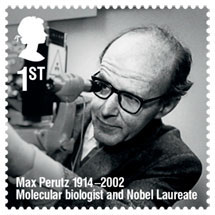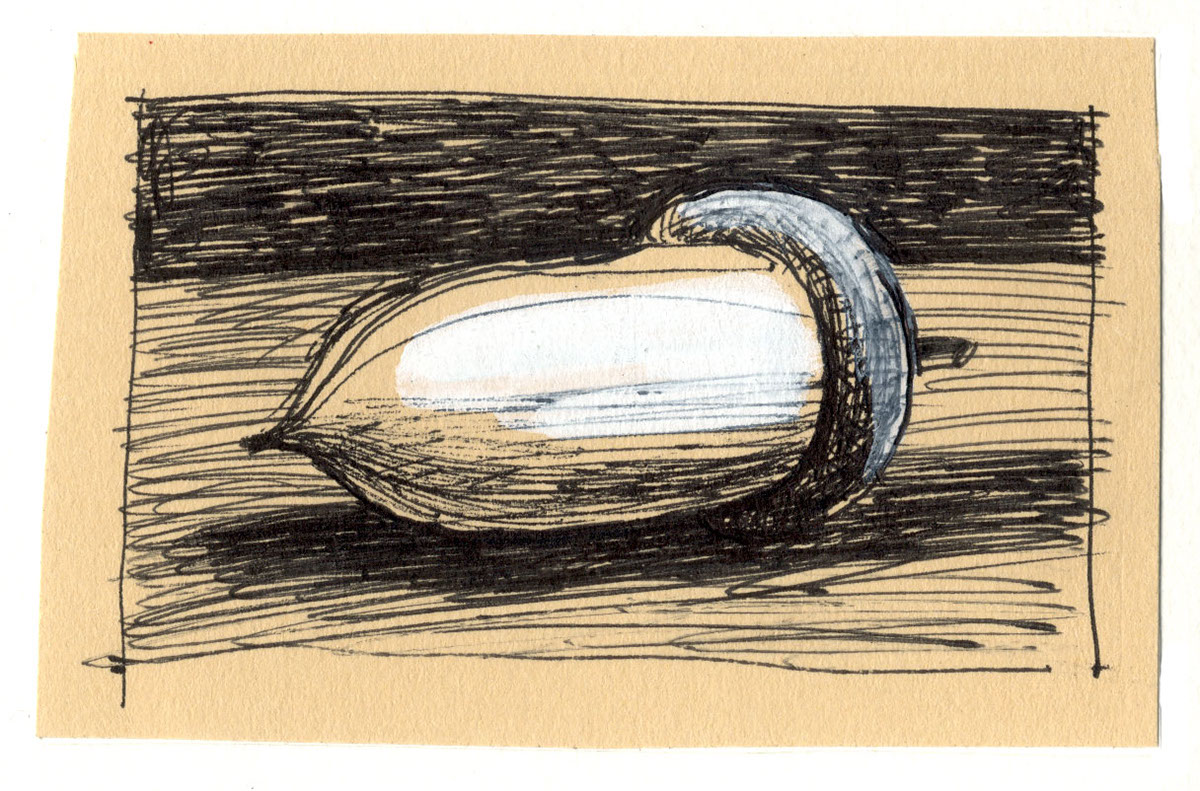Just to be clear: I am not in love with my doctor. I don’t feel attracted to her. We are not friends. We don’t see each other a lot. I don’t even know her that well.
Come to think of it, she is not my doctor either, in the sense of “my personal doctor”. She’s a GP in the local health centre and I am assigned to her.
I guess “love” is too strong a word. It is. “Like” should suffice.
“I love my doctor.” Preposterous.
Yet on every rare occasion I pay her a call I feel like shouting that from the rooftops.
What I actually love is her attitude. Her consistency. Her reliability. Her professionalism, after all. You can trust her. I trust her.
“Look at that,” she says. (She is browsing the printout of my biochemical analysis results and reading some numbers aloud.) “Everything is normal, or better than normal. For your age. It’s like you were,” she does some mental arithmetics here, “ten years younger.”
This instantly makes me feel — well, ten years younger.
“Except for cholesterol, that is,” she adds quickly. “Nothing to worry about though. You’ve got slightly higher cholesterol. But it’s not bad. It’s what’s called ‘good cholesterol’, look here. Not the bad one. It’s totally not bad to have a little more of the good one, if you know what I mean.”
I nod enthusiastically. I appreciate it when people explain things well.
“Maybe you ate some hard cheese the night before you had the blood test,” she goes on. “I told you not to.”
I rarely go to the doctor’s. If there is any chance for my ailment to go away on its own, I’ll take it. It usually works.
She’s not the only GP there, but she’s the one I go to. Once she was away and I got directed to another doctor. I didn’t enjoy the experience. He listened carefully but was too vague when it came to the diagnosis part.
“There are a few possibilities,” he said. “You look tired. It could be a virus,” he suggested. “A common cold. Or even a coronavirus.” He winked at me and also at a nurse who happened to be there, as if it was a giggle. (To put things into context: in two months’ time we all were locked down and nobody was joking anymore.) “Don’t worry, take it easy, have a rest, come back to see me if the symptoms persist.”
I never saw him again.
No, my doctor knows her stuff. By now I also know what she is going to tell me. That’s the purpose of my visit: to hear what I need.
This time I turn up a bit early. Perhaps ten minutes earlier than my appointment. It’s the afternoon before a public holiday. I expect to see some people waiting, but today there is nobody. The door to her office is wide open. She sits, as usual, behind her desk, staring at the computer screen. I stop in front of the door and wave at her. She waves back.
“Can I come in?” I ask.
“In a minute!” she booms. “Take a seat, will you, I’ll call when it’s your turn.”
I sit down and take out a book. I always bring something to read with me. At times, you’ve got to wait. It’s OK. This health centre provides me with time and space to read.
“Enter!” the doctor yells as soon as I open the book. “Everybody wants to go home early.”
I get up and come in.
“It’s you, isn’t it?” she asks without taking her eyes from the screen.
“Yes it’s me”, I reply, fighting the temptation to add, “How did you know?”.
One amazing thing about my doctor is her ability to read my thoughts.
“It’s here,” she points at the screen, “you’ve got an appointment, right now. What’s the problem?”
I explain. She absorbs.
Another of her superpowers is to reach a diagnosis on the basis of my explanation alone. Years ago, I volunteered to show her things: open my mouth, or take off a shirt, or some other clothing item.
“No, no, no, no,” she’d grumble from her behind-the-desk haven. “No need for that.”
So I stopped offering. With her X-ray vision she’d identify my illness all the same. Moreover, she knows what has provoked it and, by extension, my visit.
“You don’t smoke, don’t you?”
No, I don’t.
“You could have taken three cups of coffee that morning, and bam!”
She reconsiders: three cups could be too much.
“Or two.”
I shrug. I drink coffee every morning.
One more thing that’s great about her: she’s not afraid to offer alternative hypotheses.
“Or maybe you had another glass of wine in the evening.”
Sure, there are people in this country who don’t drink wine. I also heard about those who never have coffee. However, the number of people who consume neither of these beverages must be vanishingly small. At least among my doctor’s clients.
We look at each other understandingly. We don’t belong to that miserable minority.
On top of that, she smokes like a chimney.
“Here’s your prescription,” she sighs. “One pill, twice a day. Same as the last time,” she continues as if remembering the last time. (Of course, she could have just consulted her computer.)
In England, when I had a flu and my doctors — every one of them — prescribed amoxicillin and told me to take plenty of liquid, I thought them incompetent fools. Here, when my doctor tells me what I expect to hear and prescribes what I expect to be prescribed, I think she’s a genius. Because everything she promised so far turned out to be true. Don’t worry, it will go away in a week or two. And it went away.
How can she see the future? There has to be a rational explanation. Probably years and years of experience. Simple as that, although there’s nothing simple in years of experience.
“In my years of experience,” she’s doing her telepathy schtick again, “it goes away in a couple of weeks. If it doesn’t, come back.”
I look at my doctor with admiration. She doesn’t really want to see me in two week’s time. This is not bloody America. The focus is on health, not on treatment. She wants me to go away and never return. For a clinician, that would be a triumph.
The feeling is obviously mutual. I don’t want to see her again either. Not in her office, anyway.
“Thanks, doctor,” I say. “Bye.”
I leave the health centre. It’s practically empty now. One unpleasant task out of the way, I feel like flying. I feel like, like —
(see the title).







